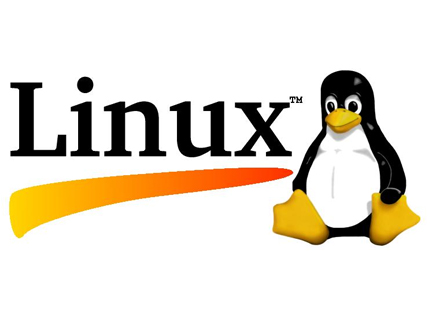Thomson Reuters is in the information business, and has been for a long time. Thomson Corporation was founded in 1934 as a newspaper company, and Reuters was founded even earlier, in 1851, to transmit stock prices. The emergence of the Internet could have been a death blow, but the company survived — and thrived. Over the past 15 years, its stock price grew from a low of $20 in 2008 to $170 today as it diversified into new areas of business, research, and workflow products for legal, accounting, and tax professionals.
Most recently, in June, it spent $650 million to buy Casetext, a 104-employee company that offers an AI assistant for legal professionals powered by OpenAI’s GPT-4, the same large language model (LLM) behind ChatGPT. But that’s not the only big bet the company is making on generative AI.
It also plans to spend $100 million per year to add generative AI technology to its flagship products, and has already built its Thomson Reuters Generative AI Platform, and released its first generative AI assistant for its legal research tool, Westlaw Precision. A more powerful AI assistant is planned to become the interface across other Thomson Reuters products next year. The goal is to shift the company from simply providing information to enterprises, says Mary-Alice Vuicic, chief people officer.
“It’s about how you shift roles to become more of a strategic partner, with more creative problem solving and more influencing,” she says. “We see huge value unlock in that.”
Generative AI will be key, improving the speed and quality of work in order to free up employee time to focus on these higher-value activities. Training and upskilling are also integral to this transformation, she says. “We’re taking this very seriously.”


